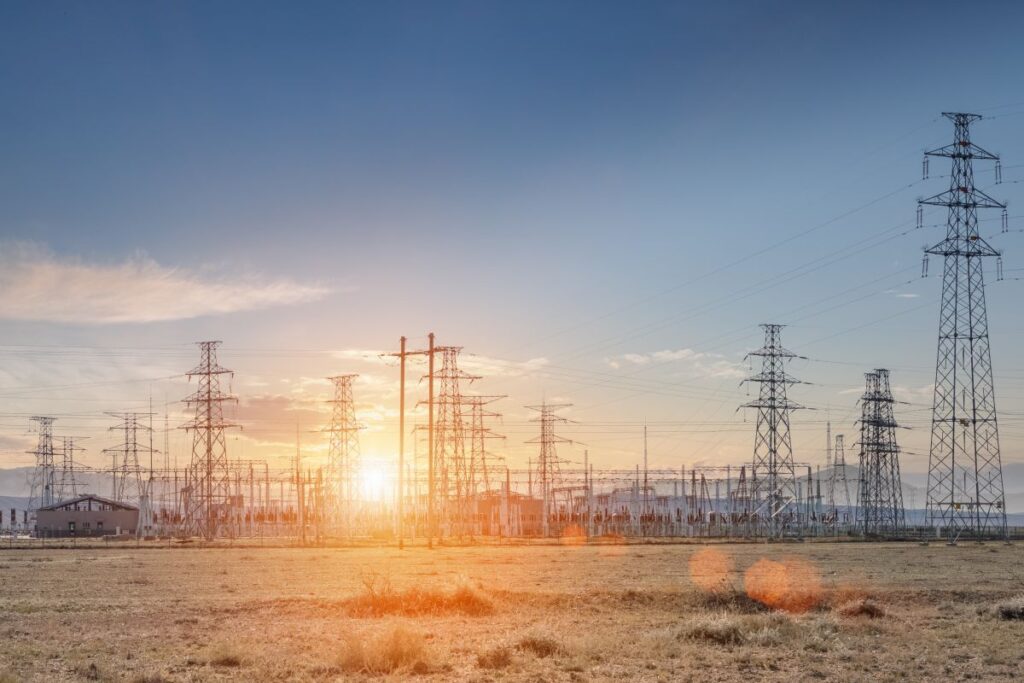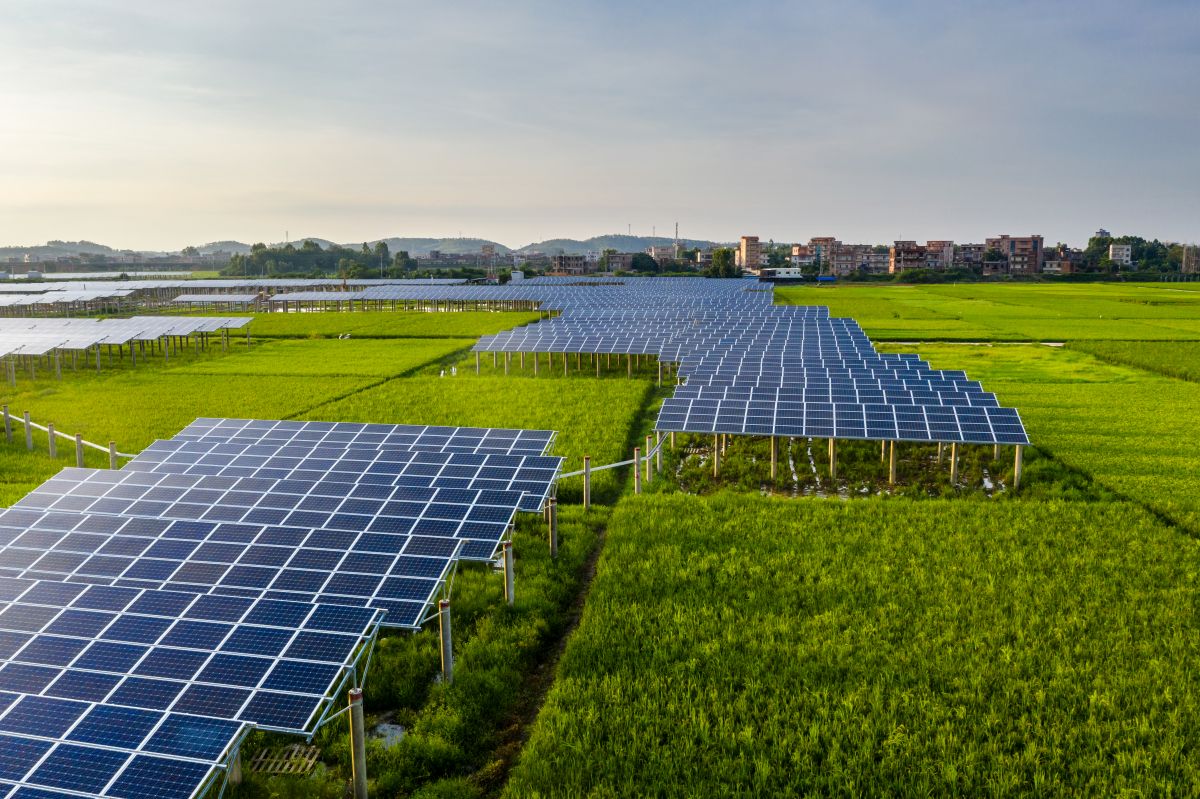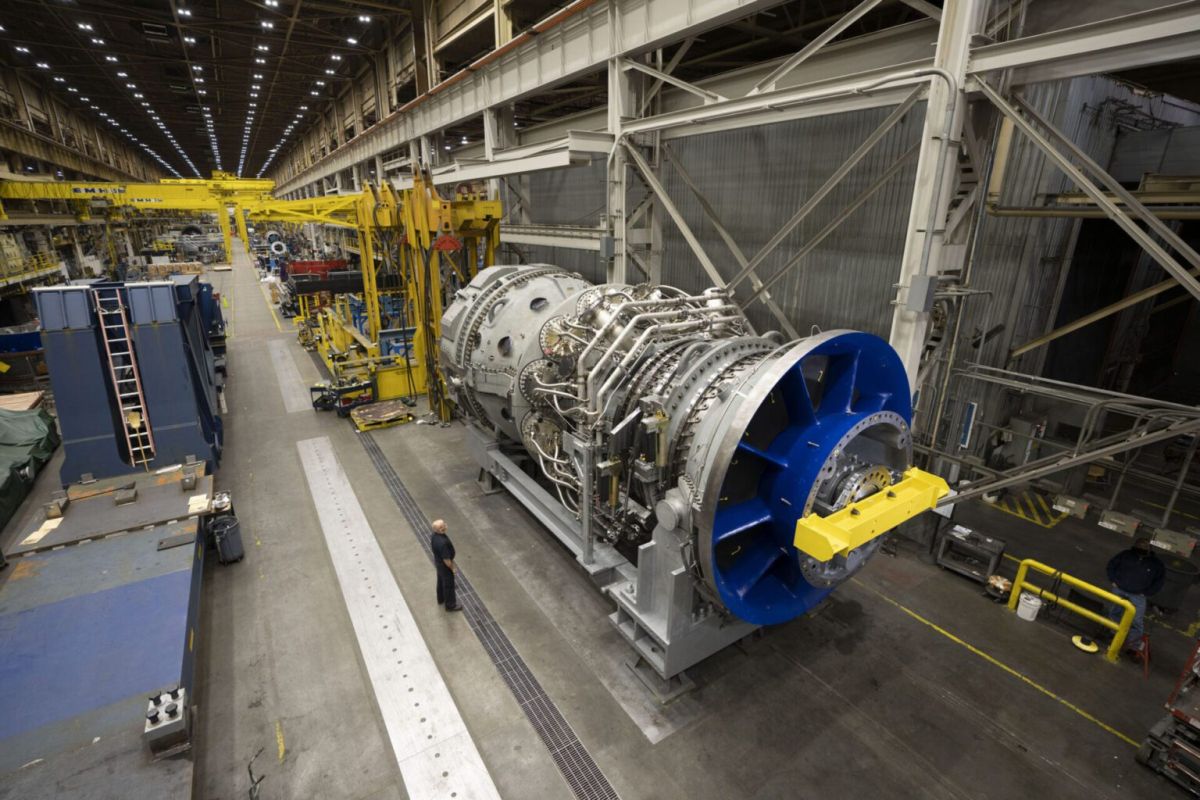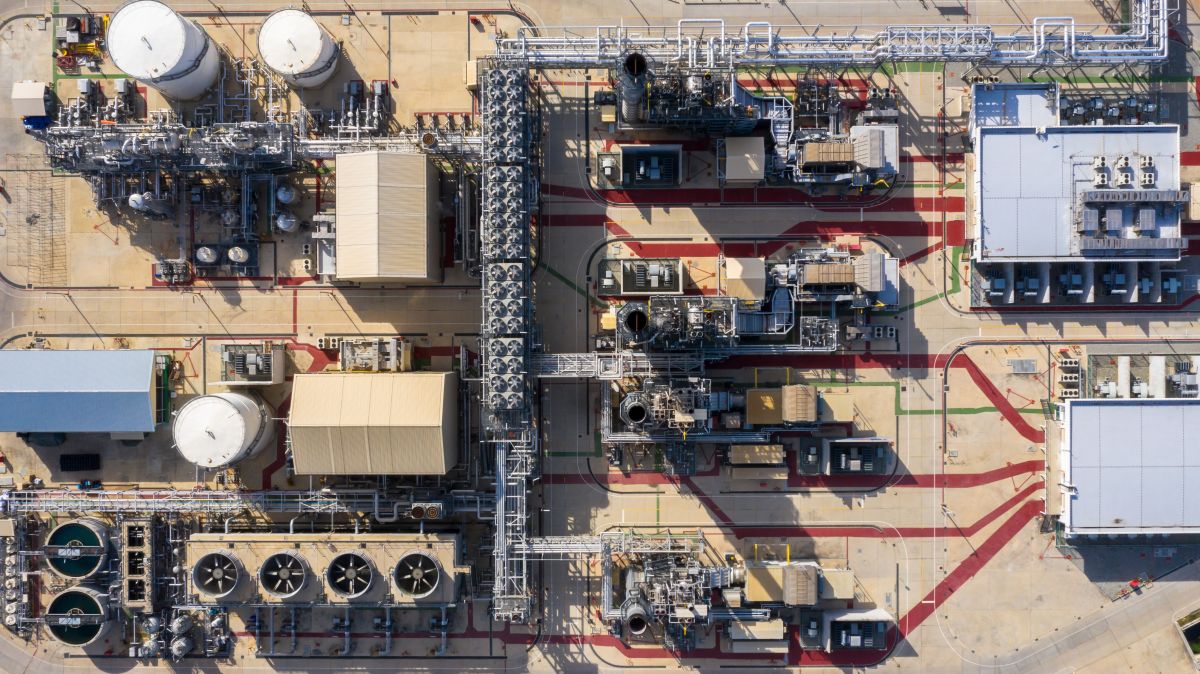WWW.DAILYENERGYINSIDER.COM
North American utilities should have adequate generation capacity to get through normal weather conditions this summer, but the potential for extreme weather is rising and the grid could come under stress in some areas as a result, officials from the North American Electric Reliability Corporation said Wednesday.
John Moura, director of reliability assessment and performance analysis for NERC, called the outlook for grid reliability this summer and beyond “mixed” following the Wednesday release of the corporation’s 2025 Summer Reliability Assessment. Some areas have made progress toward mitigating the risk of electric outages in the facing of growing demand and increasingly extreme weather, but other areas remain stressed-with a handful of regions actually losing ground since last year.
Four regions within the U.S. face elevated electric reliability risk this summer, meaning they have adequate operating reserves under normal peak conditions, but could experience outages should load peak beyond historical norms, according to the reliability assessment. The Midcontinent Independent System Operator has seen 1,757 MW of natural gas and coal-fired generation retire last summer, reducing the region’s firm capacity in spite of growing demand and creating a potential risk for shortfalls in the event of high demand or the unexpectedly low generation.
The Southwest Power Pool could experience capacity shortfalls in the event that peak demand coincides with low wind generation, and ISO New England will have to rely on imported power to meet peak demand this summer-a somewhat risky proposition given that its neighboring regions have seen their surplus reserves shrink amid rising demand and, in some cases, shrinking supply, Moura said.
The Electric Reliability Council of Texas could also face shortages this August in spite of adding 7 GW of new solar capacity and nearly 7.5 GW in new battery storage, according to NERC. Demand in the late summer evening hours could exceed the region’s generating capacity should it occur after sunset, when sunset will begin to take the state’s large solar fleet offline, said Mark Olson, reliability assessment manager for NERC.
The reliability assessment also identified Saskatchewan Power in Canada and the Western Electricity Coordinating Council in Mexico as at-risk of outages this summer in the event of extreme weather or events that might cause a surge in demand.
Although the outlook for summer is generally more favorable than for winter-primarily because peak demand in summer is expected to occur before sunset in most parts of North America, when intermittent solar resources are plentiful-Moura expressed concern about the downward trend in reliability across much of the continent.
“If we look at our maps, there has been an obvious change, and I have been at NERC long enough to remember when there were adequate resource margins across North America, and all our maps were normal risk, and that has shifted,” Moura said.
Driving Forces
Olson said that most of the forces driving this year’s reliability trends remain the same as last year-but that the risks associated with those trends have continued to grow. Electric demand in particular appears to be growing at an exponential rate. This summer’s demand is expected to peak 10 GW higher than last year, and last year saw a 5 GW increase over 2023, he said.
At the same time, weather services in the U.S. and Canada anticipate above-normal temperatures for both nations for much of the summer, suggesting that this summer could be a repeat of the last-but with even greater load drawing on aging and in some cases fewer generation resources.
“Last year we saw record temperatures in North America, and that drove demand to record levels, particularly within the U.S. western interconnection,” Olson said.
Olson also identified the potential for the failure of inverter-based resources during grid disturbances as a potential threat to grid reliability, and indicated that NERC plans to issue an alert in the coming weeks regarding power model deficiencies that they have recently identified related to inverter-based resources.
“Going into summer, we are advising operators to be prepared for the potential for disconnects during grid disturbances and to operate conservatively.” he said.
Although NERC does not anticipate that the threat of a global trade war will impact energy supplies this summer, Moura said he was worried about what a trade war could mean for the future of grid stability, given the need to rapidly deploy more infrastructure to address growing demand.
“As demand grows, we have to go build infrastructure,” he said. “We really don’t see ways beyond it.”













